As amazing as technology and modern advancements can be, sometimes nature shows us things that are more incredible than anything man could ever imagine creating.
See these amazing natural phenomena below. You may find it hard to believe that they exist, but every one of them is very, very real.
01. Rainbow Mountains
The Rainbow Mountains in China’s Danxia Landform Geological Park are formed from layers of different colored sandstone and minerals pressed together over 24 million years and buckled up by tectonic plates.
02. Red crabs in Christmas Island
03. Bioluminescent waves
Various species of phytoplankton are known to bioluminesce; when washed ashore by the tides, their chemical energy is turned into light energy. See more of these beautiful bioluminescent waves.
04. Catumbo Lightning
The Catumbo Lightning occurs on 140 to 160 nights a year, 10 hours per night and up to 280 times per hour.
5. Dirty thunderstorms
Dirty thunderstorms, also known as volcanic lightning, occur when lightning is produced in a volcanic plume.
06. Monarch butterflies
The eastern North American population is notable for its southward late summer/autumn migration from the USA and Canada to Mexico, covering thousands of kilometers. No individual makes the entire round trip. Female monarchs lay eggs for the next generation during these migrations.
07. Surreal spiderwebs
Fleeing torrential floodwaters near Wagga Wagga, Australia, thousands of spiders cover fields with cobwebs.
08. Fairy Circles in Namibia
Studies suggest that a sand termite is responsible for the creation of these mysterious Fairy Circles in Namibia.
09. Underwater crop circles
These crop circles in the ocean off Japan are created by male pufferfish in order to woo females.
10. Spherical boulders in New Zealand
The spherical boulders in New Zealand are exhumed from the mudstone enclosing them by coastal erosion.
11. The Great Blue Hole
The Great Blue Hole is a large submarine sinkhole off the coast of Belize, over 300 meters across and 124 meters deep.
12. The Black Sun
Huge flocks of up to 50,000 starlings form in areas of the United Kingdom just before sundown during mid-winter. They are known as murmurations.
13. The Sardine Run
This phenomenon occurs from May through July when billions of sardines move north along the east coast of South Africa. Their sheer numbers create a feeding frenzy along the coastline.
14. The Giant’s Causeway in Northern Ireland
This is an area of about 40,000 interlocking basalt columns, the result of an ancient volcanic eruption.
15. Sailing stones in Death Valley, USA
This is a geological phenomenon where rocks move and inscribe long tracks along a smooth valley floor without human or animal intervention.
16. Tidal bores on the Amazon in Brazil and the Severn in England
This tidal phenomenon occurs when the leading edge of the incoming tide forms a wave of water that travels up a river against the flow.
17. The Flowering Desert
The flowers bloom in the Atacama Desert, Chile, in years when rainfall is unusually high. Normally the region receives less than 12mm of rain annually.
18. Circumhorizontal arcs
Misleadingly known as fire rainbows, this is an optical phenomenon featuring an ice halo formed by plate-shaped ice crystals in high level cirrus clouds.
19. Lenticular clouds over Mount Olympus
Stationary lens-shaped clouds form in the troposphere. Because of their shape, they have been offered as an explanation for some UFO sightings.
20. Breast clouds
Also known as mammary clouds or mammatus clouds, the clouds show a rare pattern of pouches hanging underneath the base.
21. Polar stratospheric clouds
These are also known as nacreous clouds (from nacre, or mother of pearl, due to their iridescence).
22. Undulatus asperatus aka “roughened or agitated waves”
This cloud formation has been proposed as a separate cloud classification by the founder of the Cloud Appreciation Society and would be the first new type of cloud recognised since 1951.
23. Lake Natron in Tanzania
This is a salt lake fed by mineral-rich hot springs that is the only regular breeding area in East Africa for the 2.5 million lesser flamingoes. The flamingo population has been adversely affected in recent years by suspected heavy metal poisoning, and the lake is currently under threat by a proposed soda ash plant by Tata Chemicals.
24. Spotted Lake in Canada
The saline endorheic alkali lake contains some of the highest quantities of magnesium sulfate, calcium and sodium sulphates in the world.
25. Flammable ice bubbles
These frozen bubbles of methane are trapped beneath Alberta’s Lake Abraham.
26. Red Tide
Bioluminescent dinoflagellates + the right conditions = Red Tide: a condition where the dinoflagellates become so numerous that the water takes on a muddy reddish colour.
27. Light pillars
The optical phenomenon is formed by the reflection of sunlight or moonlight by ice crystals that are present in the Earth’s atmosphere. The light pillars resemble thin columns that extend vertically above the source of light. They have been known to produce false UFO reports.
28. Rainbow eucalyptus
Also known as rainbow gum, the patches of outer bark are shed annually at different times, darkening and maturing to give blue, purple, orange and then maroon tones.
29. Frost flowers
These ice crystals are commonly found growing on young sea ice and thin lake ice in extremely cold, calm conditions nearing -22C or -7.6F.
30. Snow chimneys on Mount Erebus, Antarctica
This is the southernmost active volcano on Earth.
31. Pamukkale
The white ethereal terraces of travertine in south western Turkey were designated a World Heritage site in 1988.
32. Door to Hell
The Door to Hell is a gas fire in Turkmenistan accidentally ignited by scientists in 1971 and still burning. Oops.
Our planet is truly amazing and bizarre. Share these awesome, incredible natural phenomena with others below.
Like what you’re reading? Subscribe to our top stories.













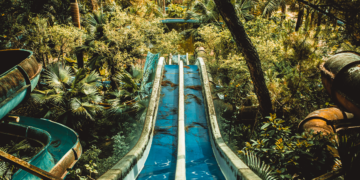







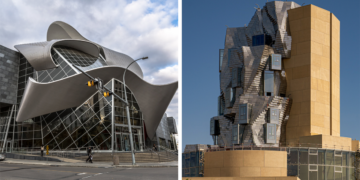
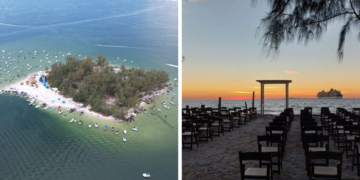
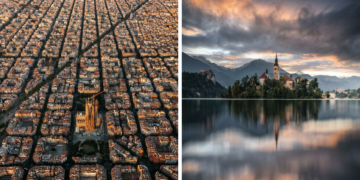
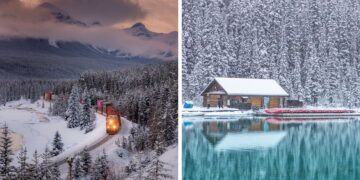
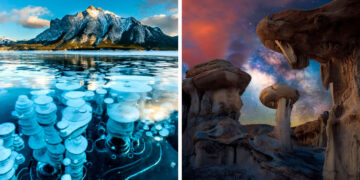

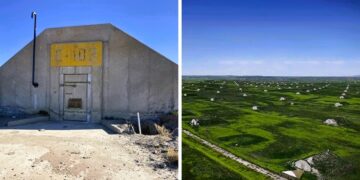




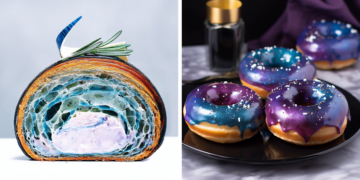


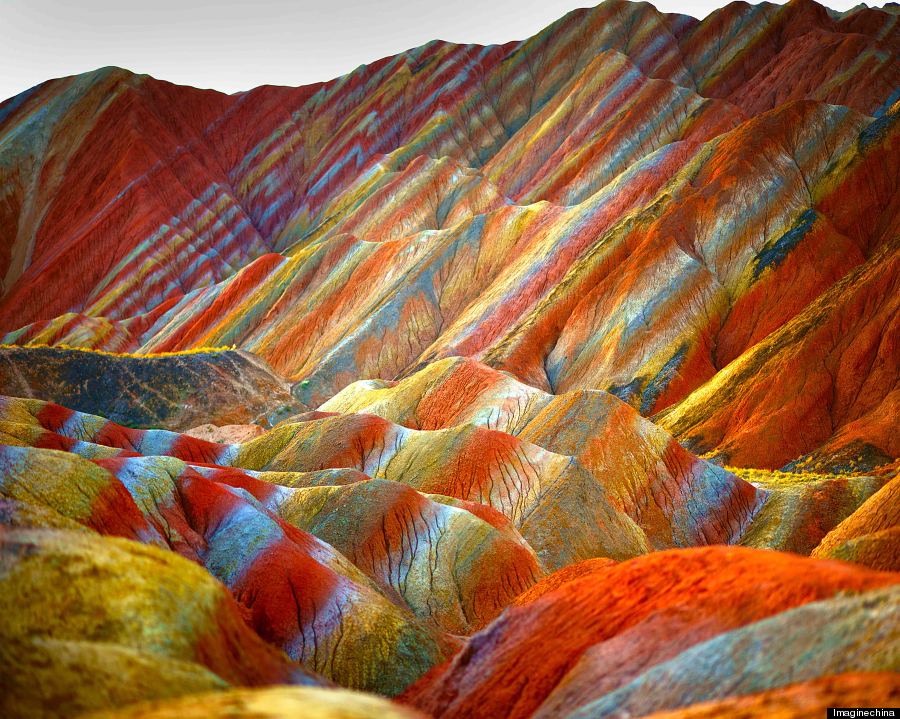
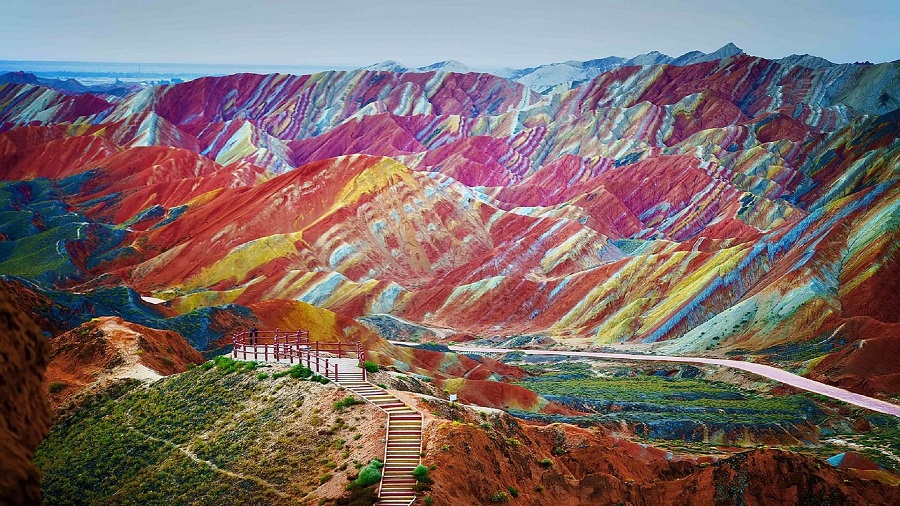
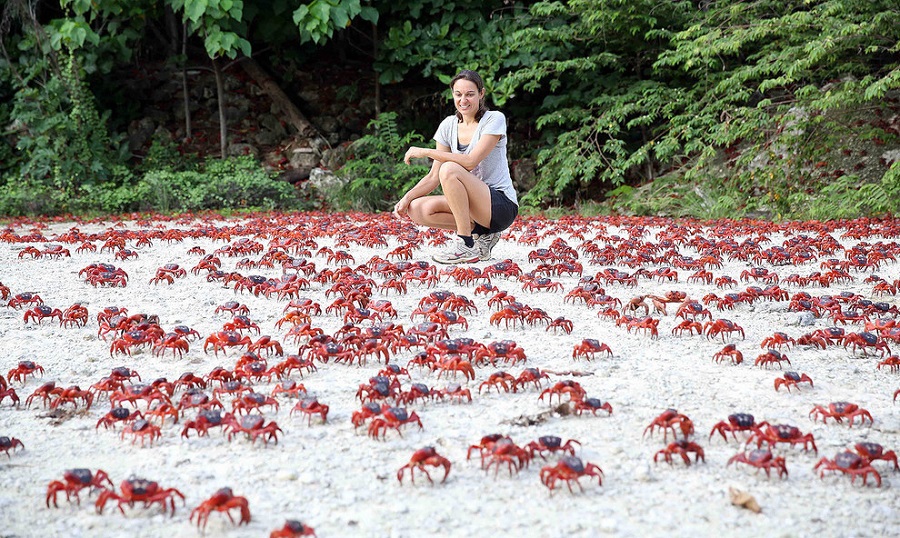
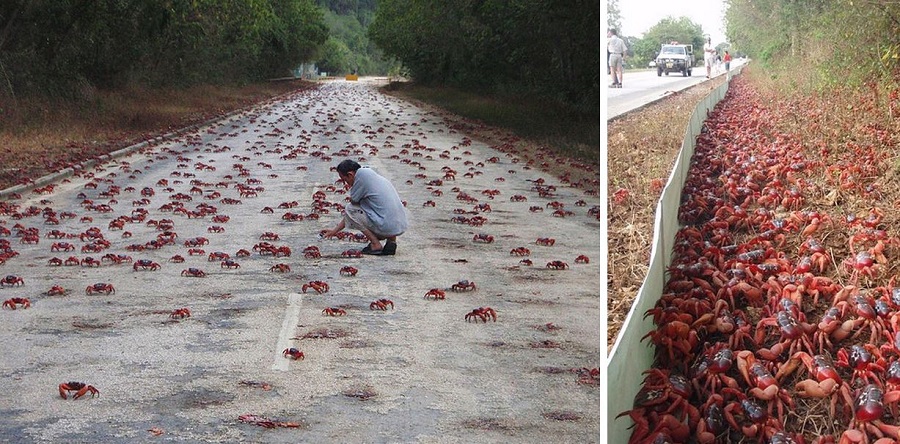
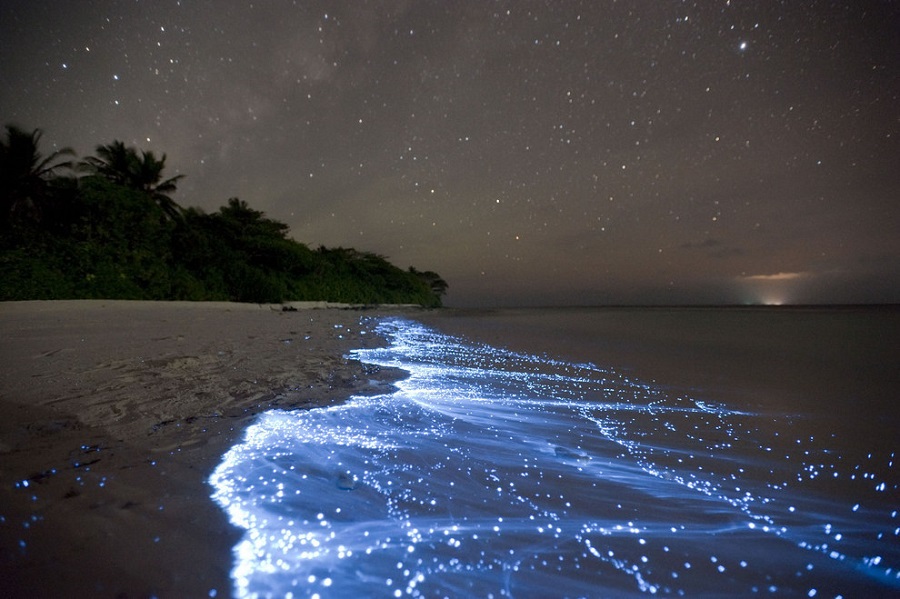
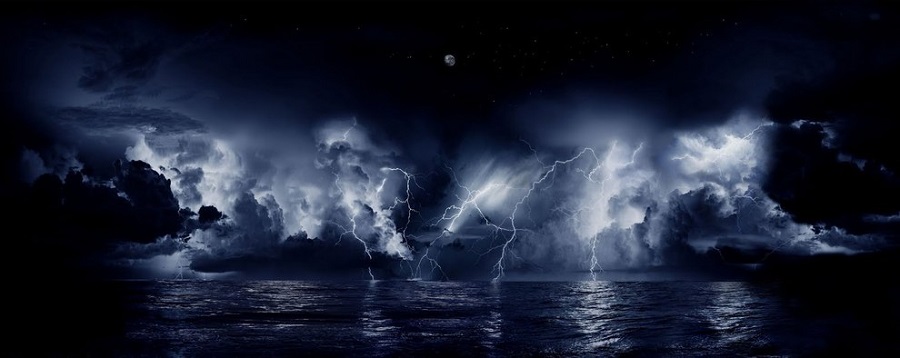
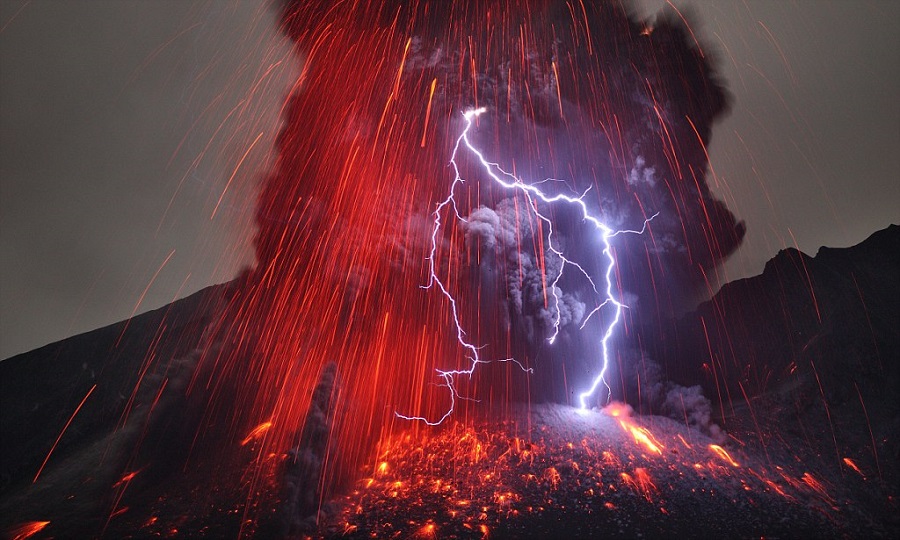
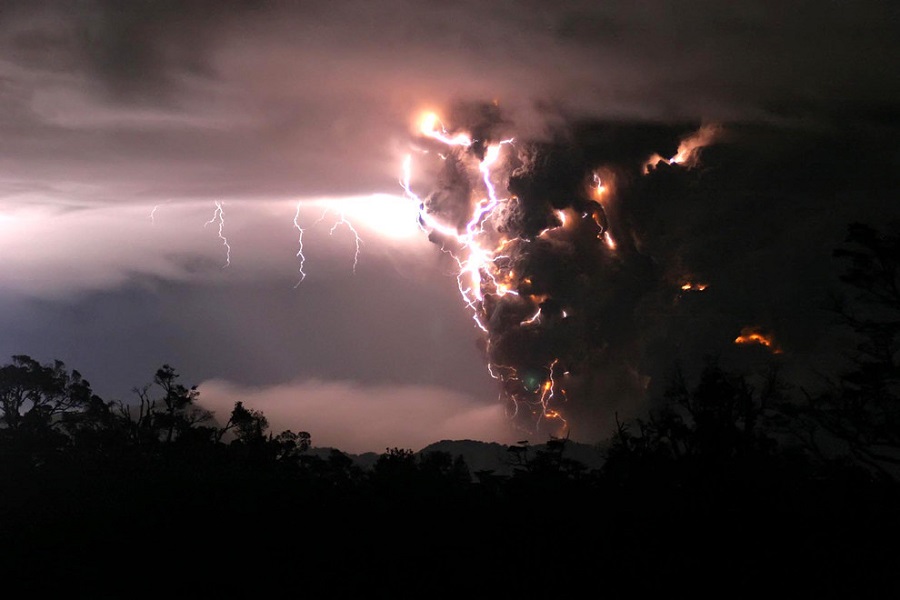
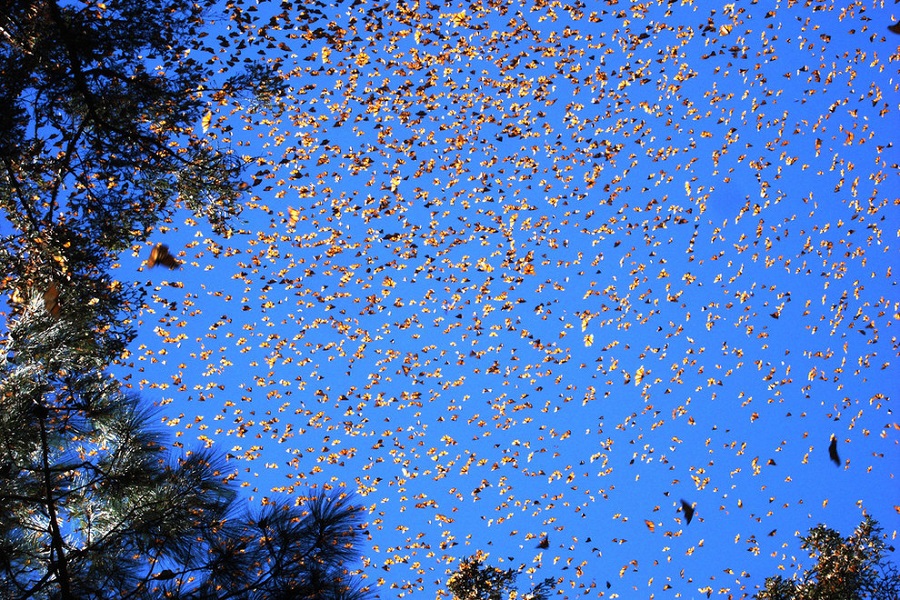
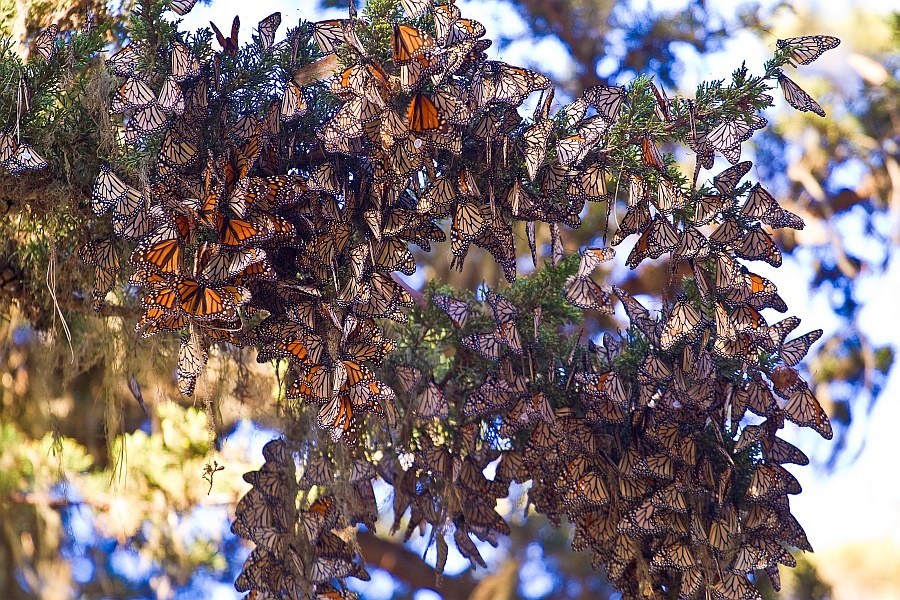

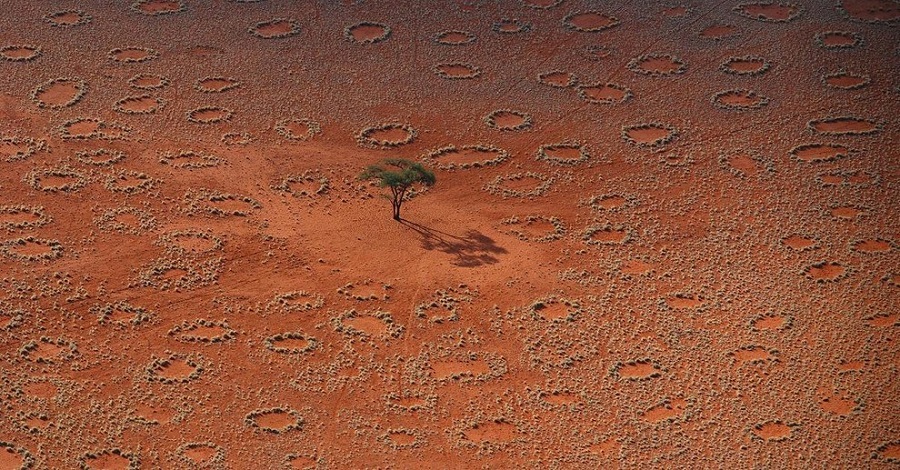
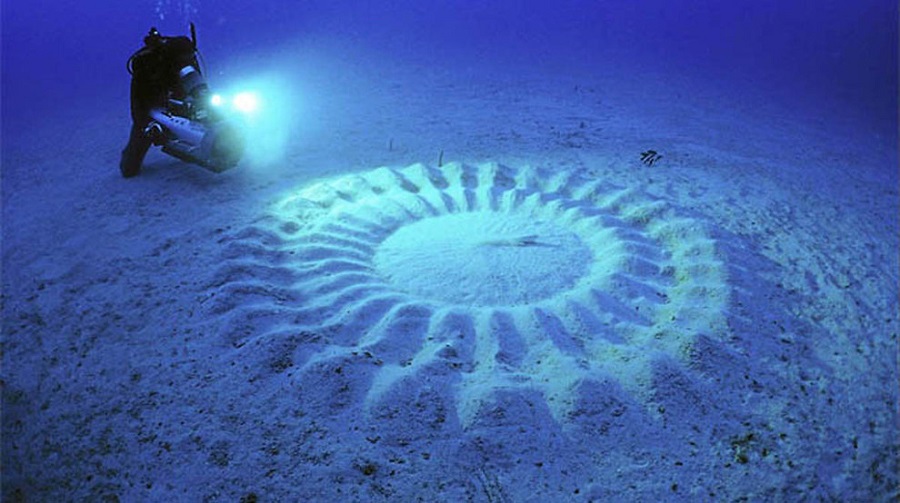
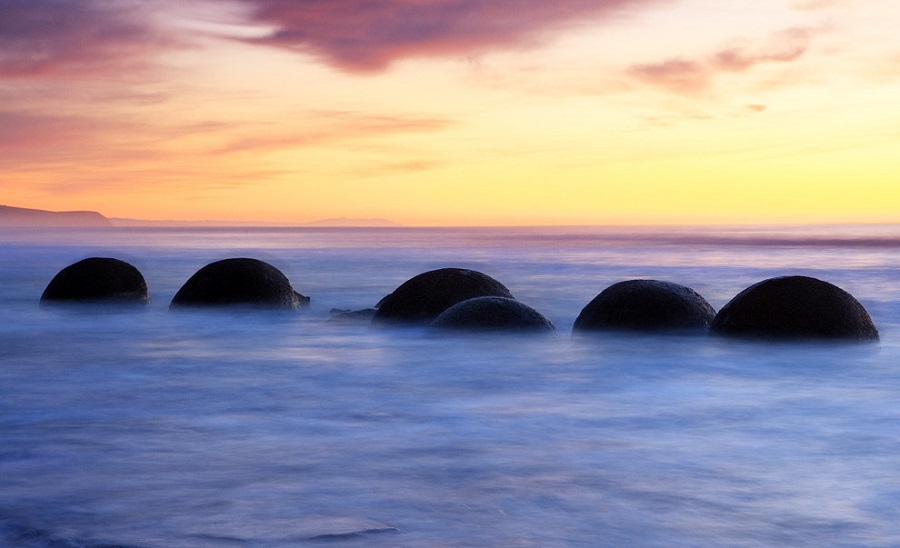
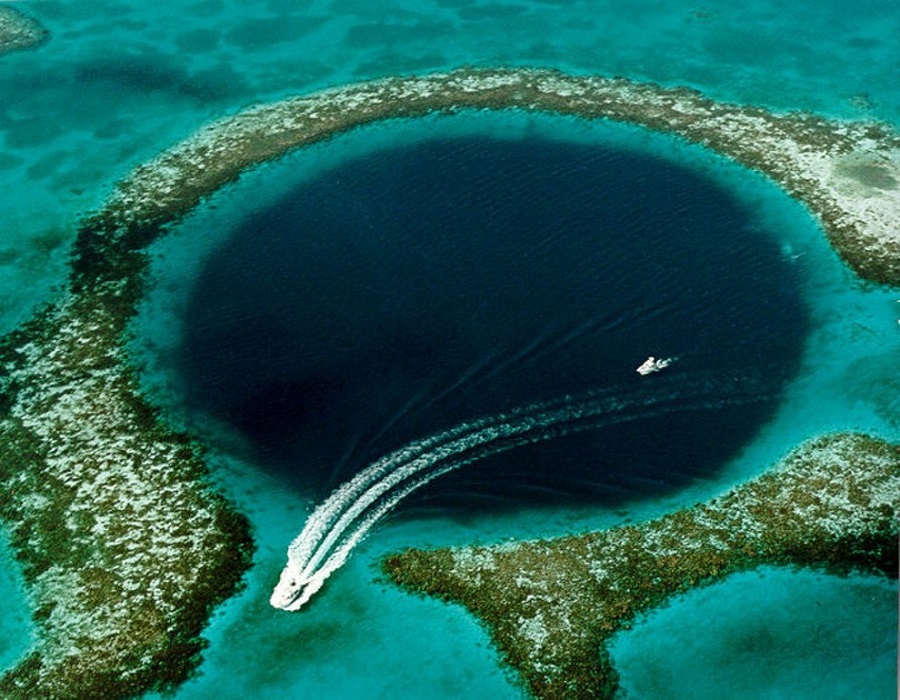
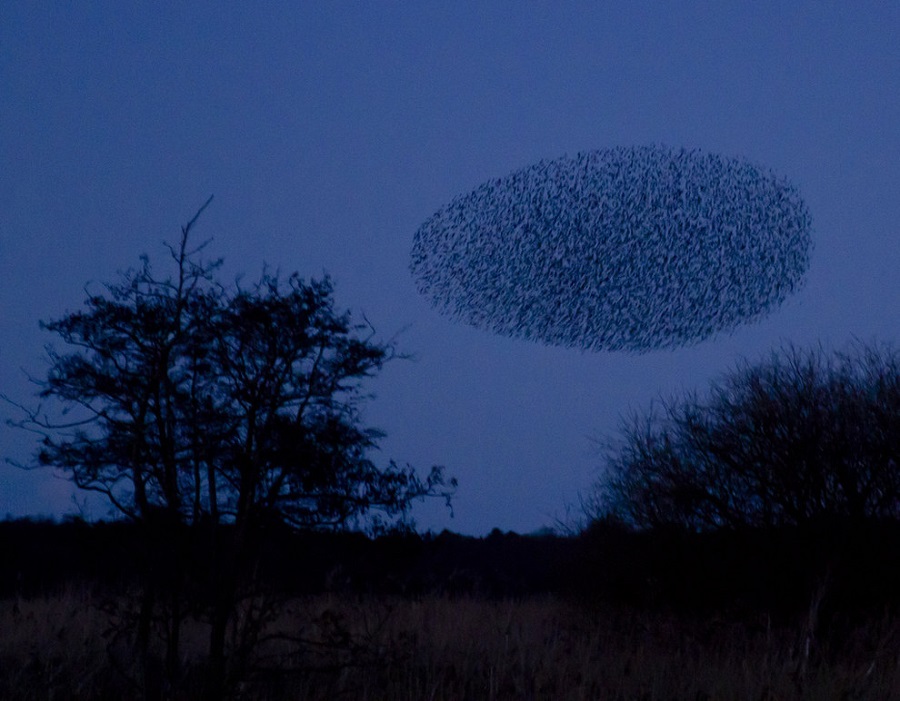

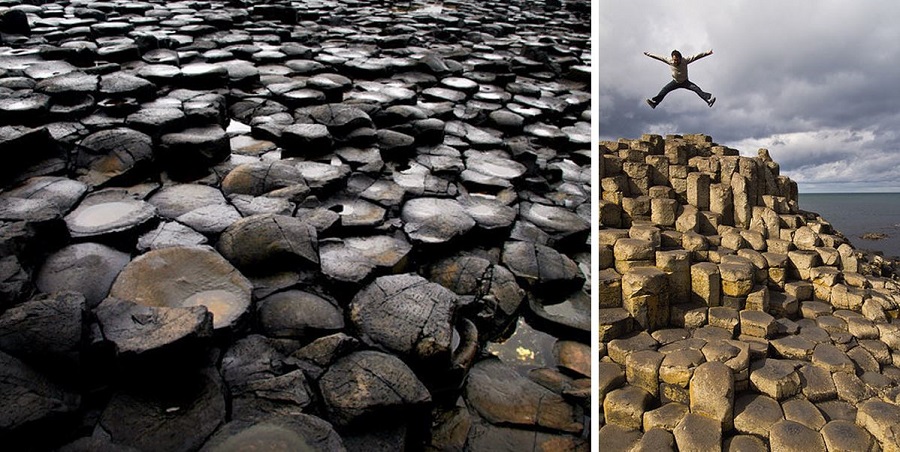
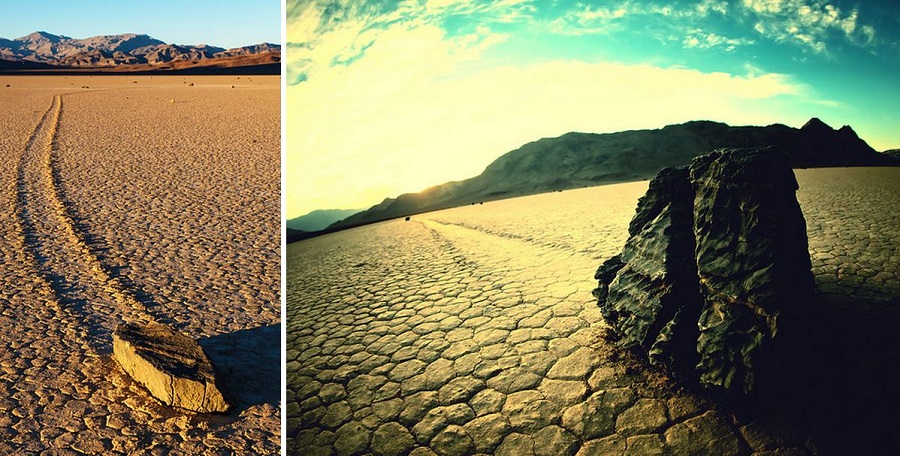
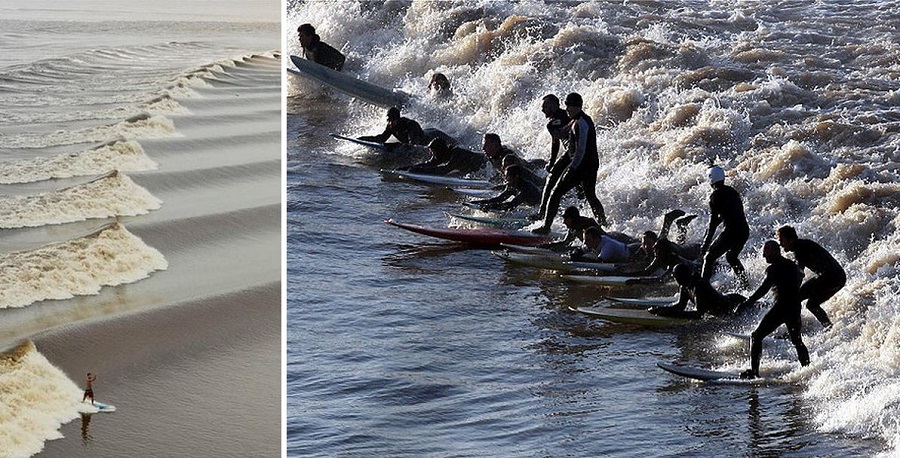


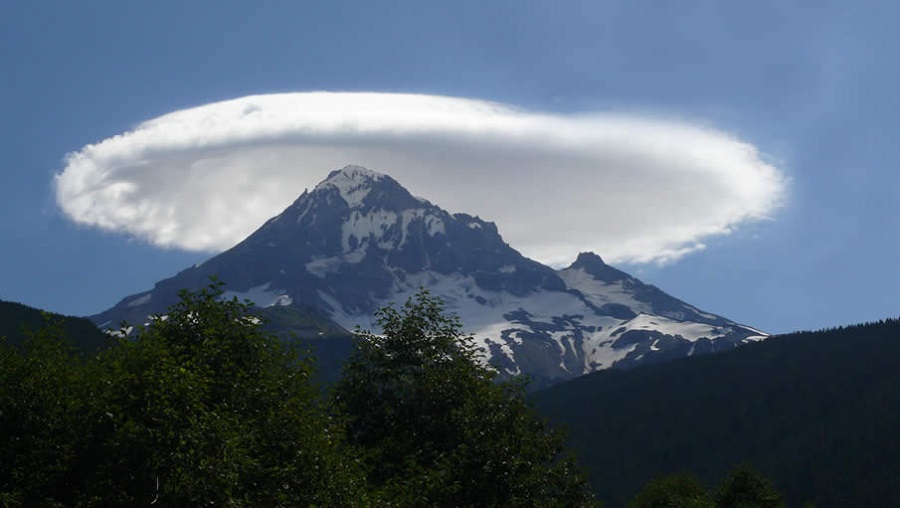

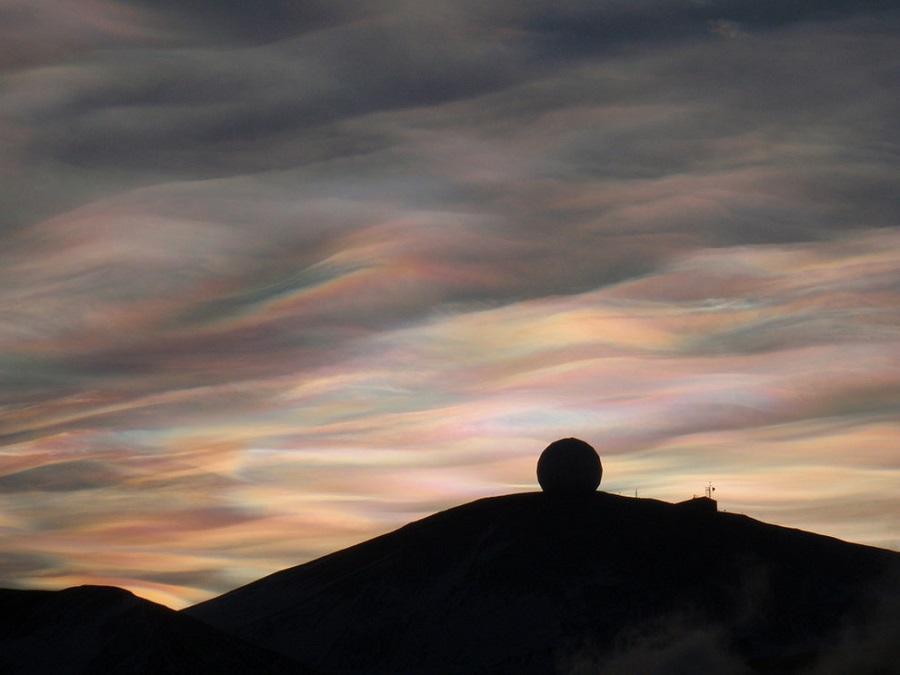
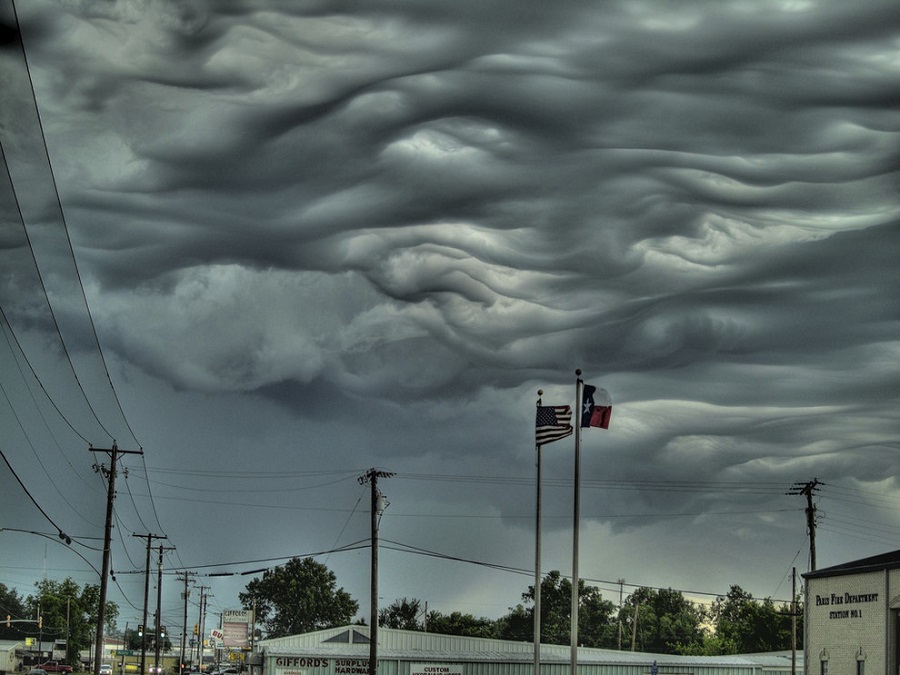
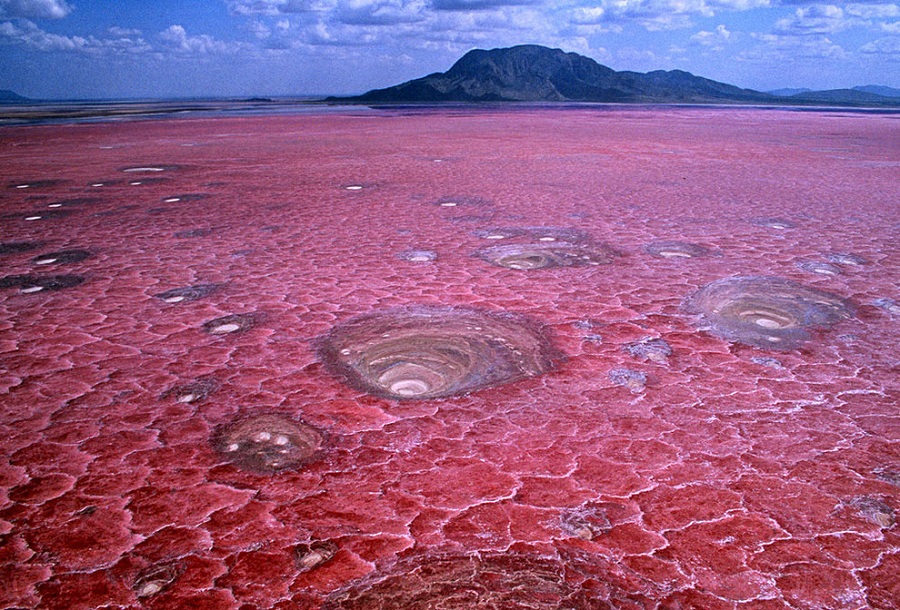
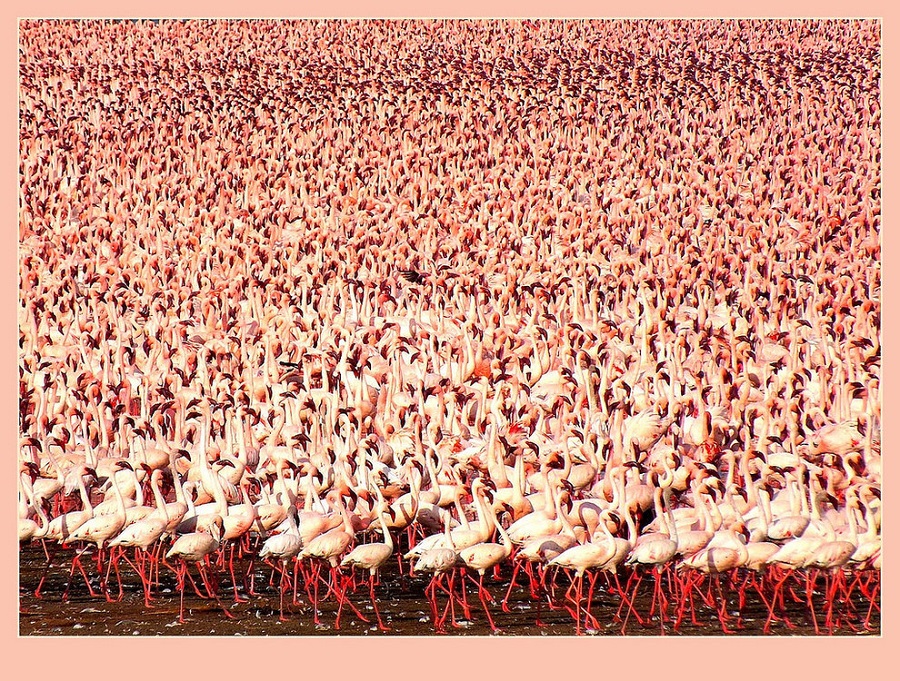
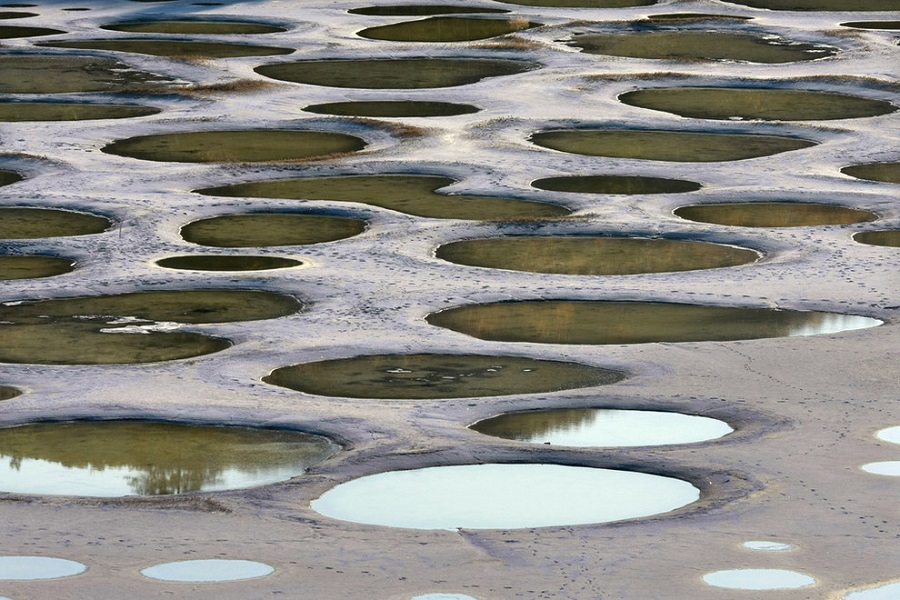
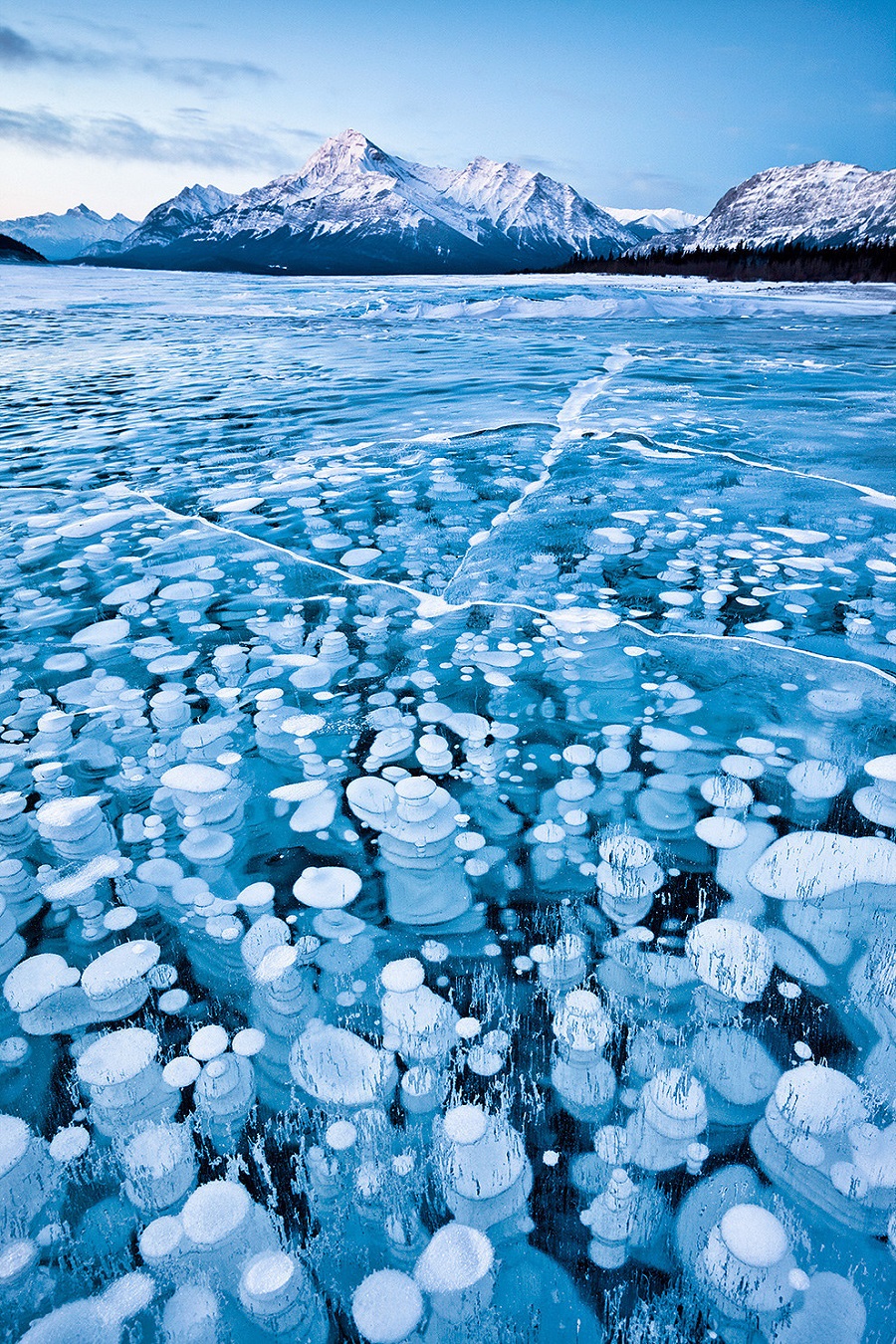
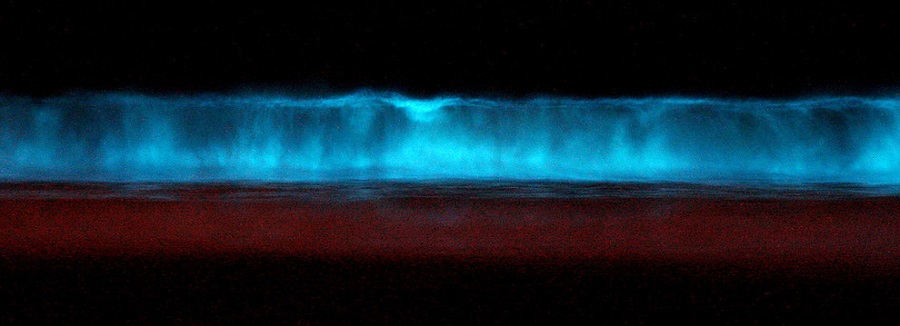
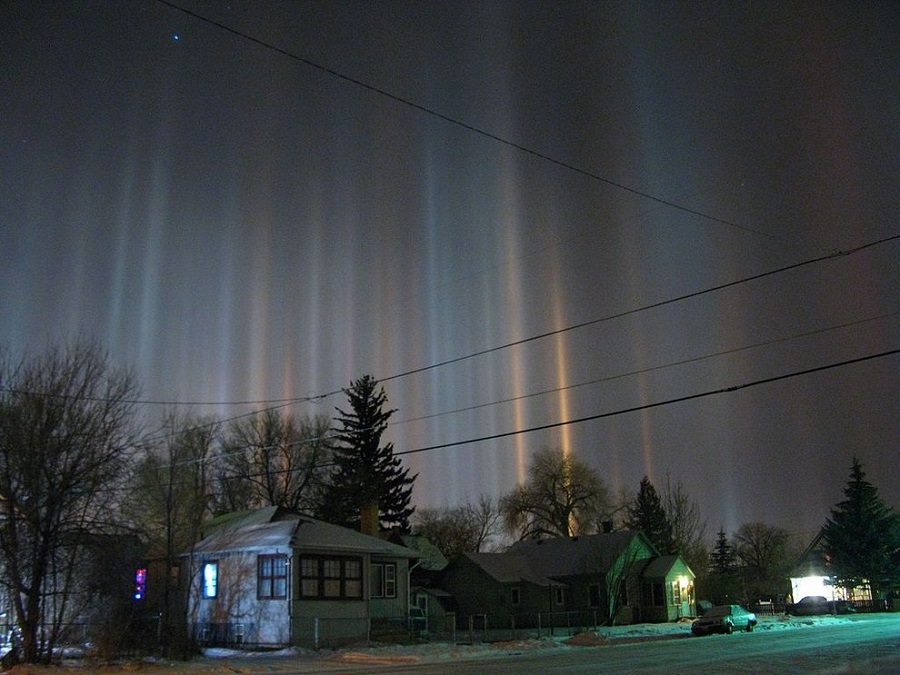
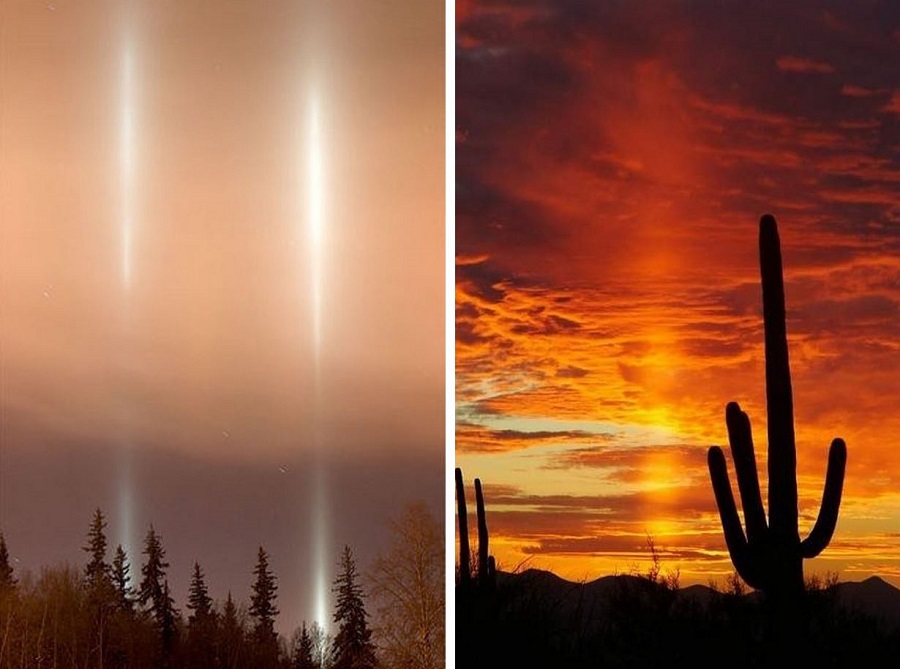
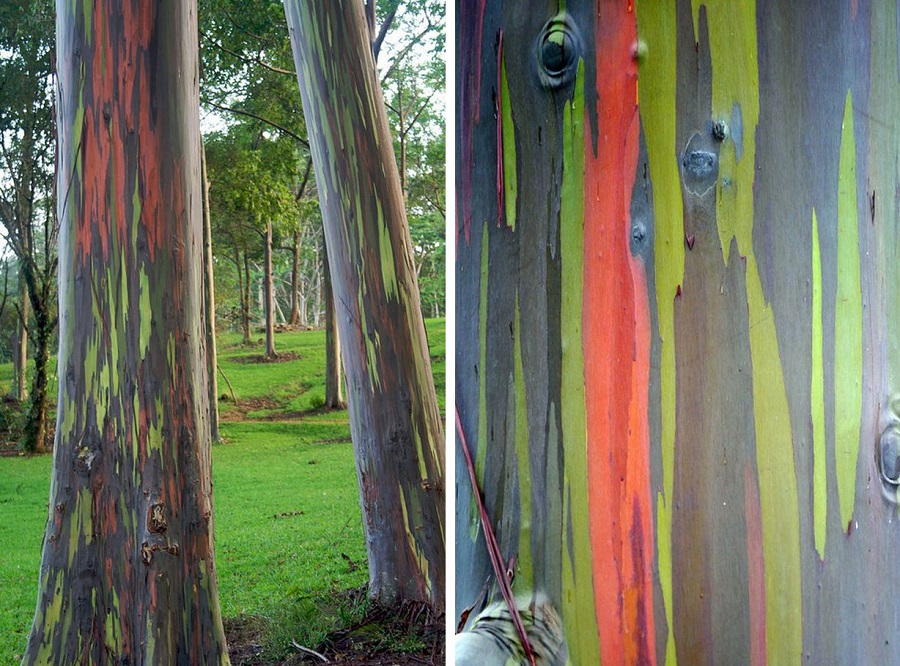
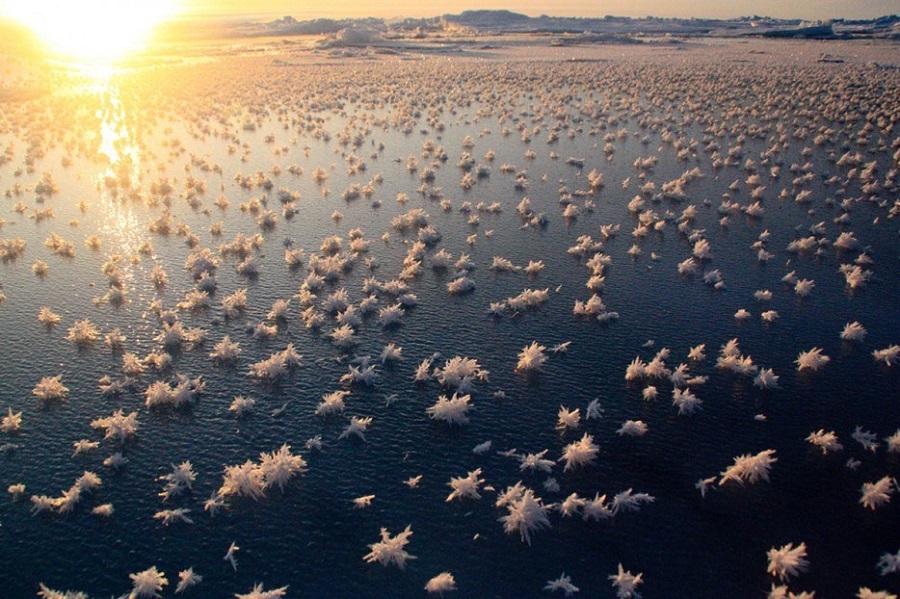
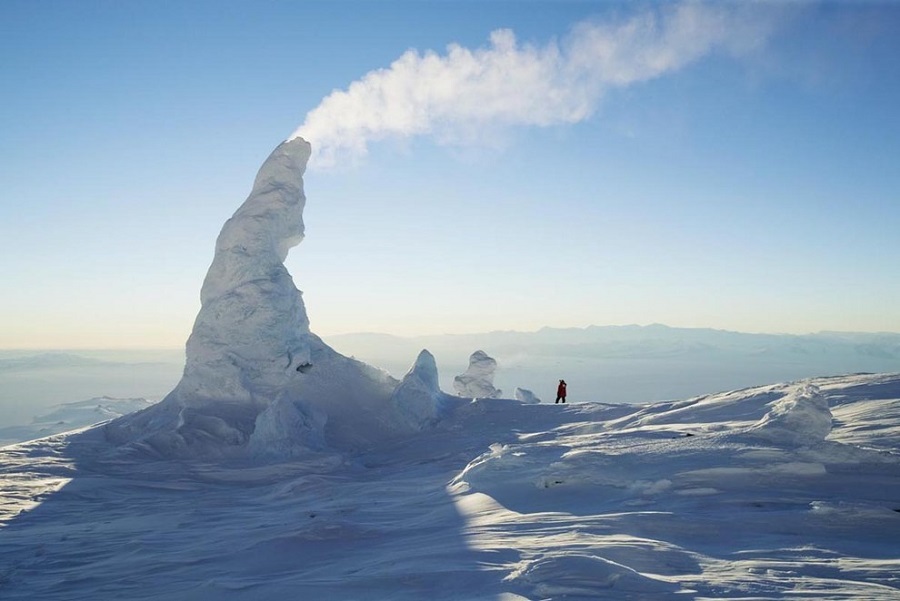
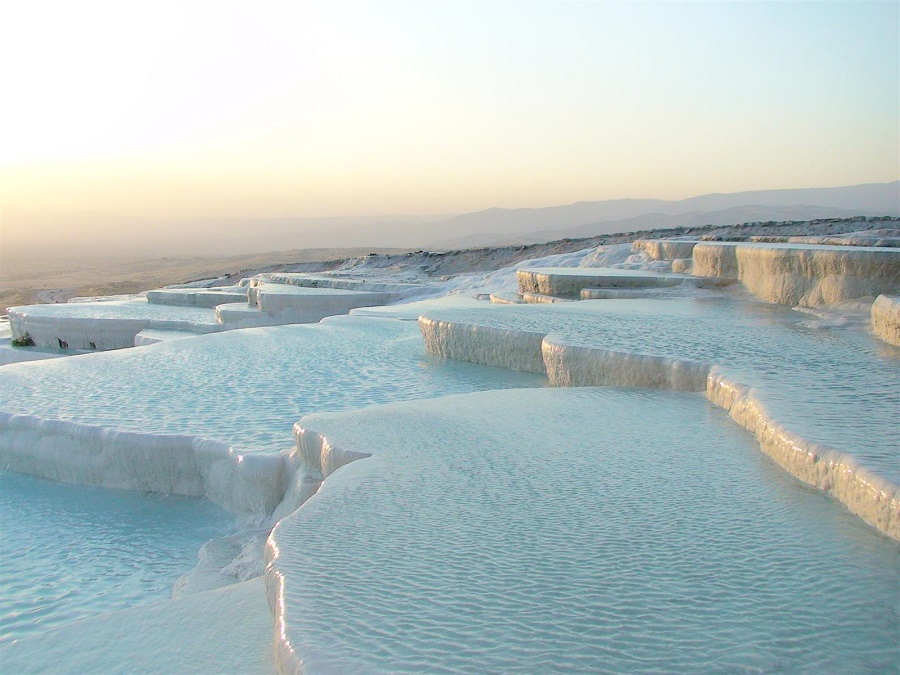
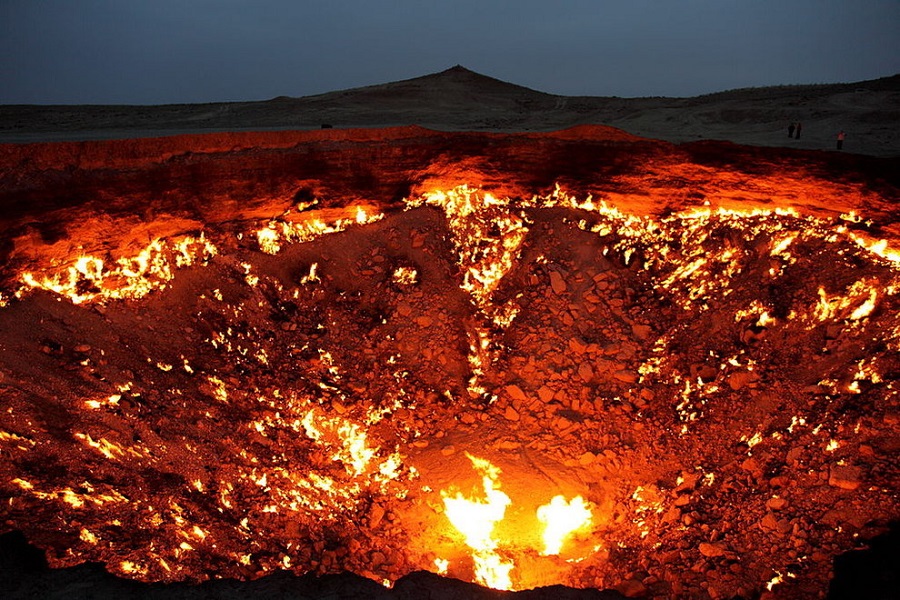









Discussion about this post